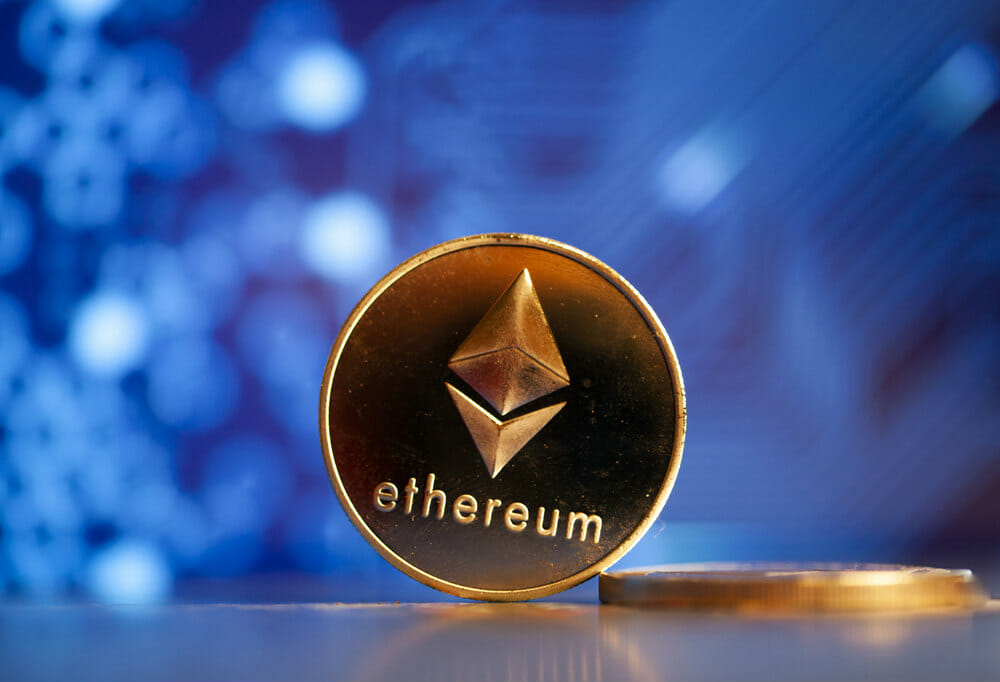Hugo Nguyen indicates that Ethereum 2.0 will increase the problems. Rollups like zkSync 2.0 promise up to 100,000 transactions per second on Ethereum.
Ethereum 2.0 is still on the way. Users are still waiting for the releases that will lead the cryptocurrency created by Vitalik Buterin to a whole new level. However, one developer has firmly criticized this new launch with proof of stake (PoS) and the rollups, which promise to increase the network’s ability to consolidate transactions.
Hugo Nguyen is the founder of the wallet Nunchuk and revealed a Twitter thread bringing arguments against Ethereum rollups. It wants to show why, according to their analysis, they are not a scalability solution but rather a system with many security failures. These problems would get accentuated with the appearance of Ethereum 2.0.
A rollup is a protocol responsible for “wrapping” transactions in a second layer. This action could increase the capacity of transactions per block. However, According to Hugo Nguyen, no one protects second-layer transactions.
Being a verifier in certain rollups needs an expensive infrastructure since it is necessary to have a layer one node and a layer two node. These scenarios, according to Nguyen, can aim at a possible centralization. This situation happens because fewer users will be less willing to invest in having their node, which would make this layer 2 “end up with no validators at all.”
To the struggle of having layer one and layer two nodes, the developers must add the exponential growth that the Ethereum blockchain has had this last year. The higher the weight, the higher the hardware could cost.
Regarding centralization, Vitalik Buterin himself points out in his recently revealed roadmap known as End-Game (end of the game) that this scenario could be possible due to the cost per node in which rollups or solutions would get involved.
However, Vitalik clarified that the centralization that rollups show could get fixed as long as the base network remains strong.
The Punishment System in Rollups
According to Nguyen, Vitalik, and the development team desire to create a justice system that expresses itself beyond code. This situation takes effect because, with Ethereum 2.0, a new system will appear to punish malicious nodes by removing part of the ETH deposited in the staking.
This system will bring more justice to those nodes that work to create malicious transactions. However, there is a problem that Nguyen pointed out, and that is who gets punished and who receives benefits.
Nguyen also added that rollups are not a scalability answer. Take Plasma, another second coat solution created by Vitalik, which got abandoned. Rollups could reach the same destination, according to the creator of Nunchuk. He also points out that searching for solutions doesn’t take anything for granted.
On the other hand, Vitalik Buterin firmly believes in rollups, both in the current Ethereum 1.0, as some define the network currently with proof of work (PoW), and more in what will be Ethereum 2.0. The Russian-Canadian developer has even revealed roadmaps outlining how these solutions could help the network grow.
By: Jenson Nuñez











